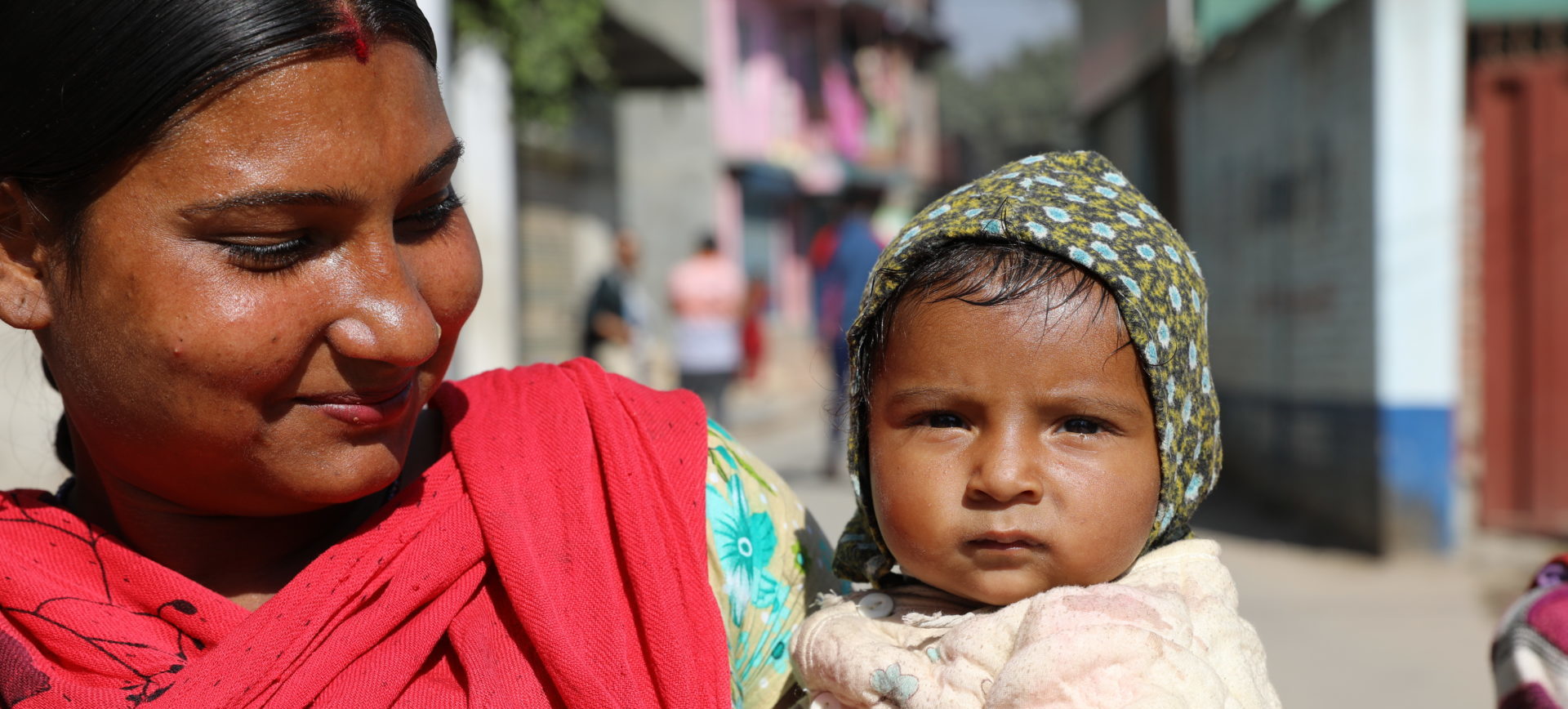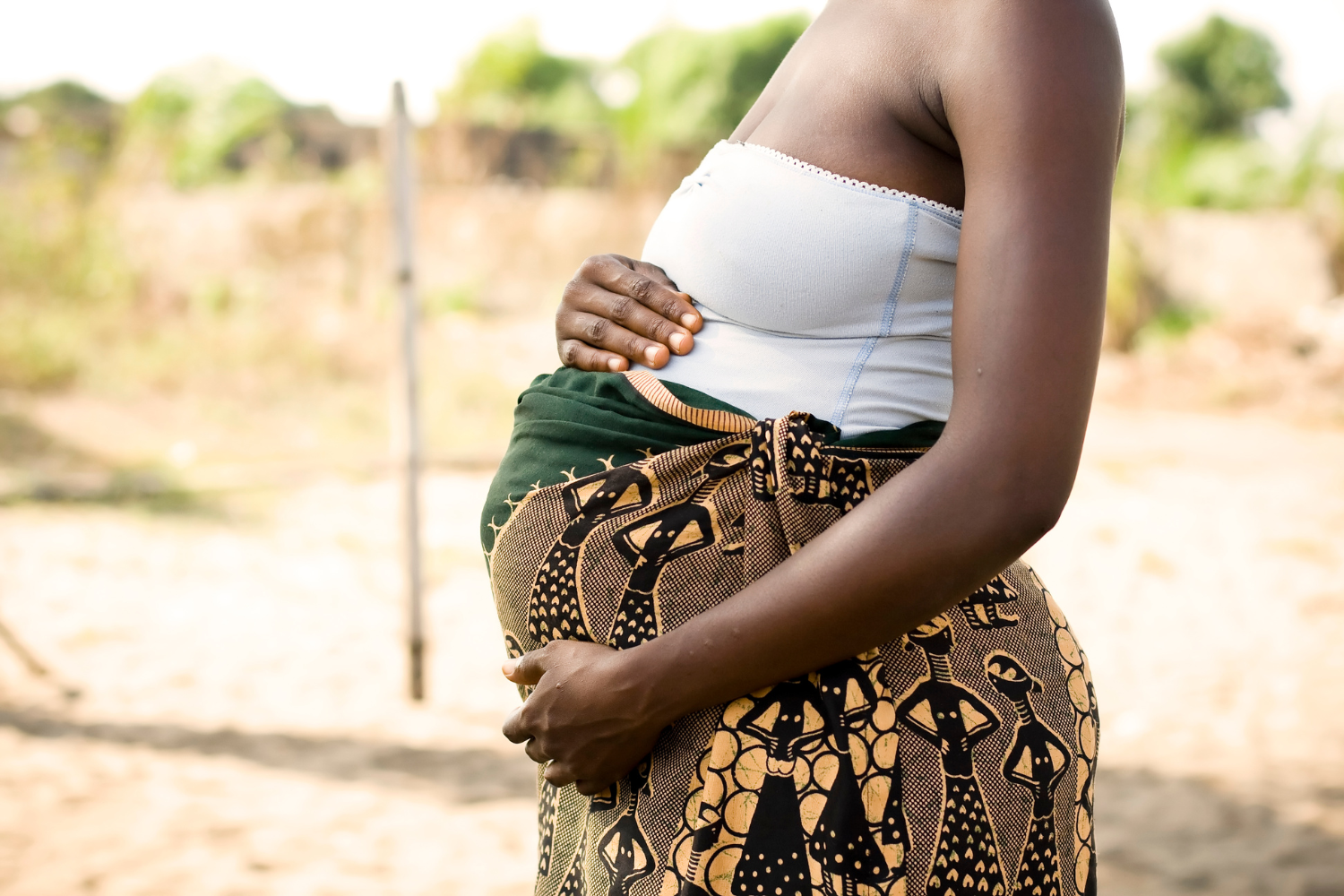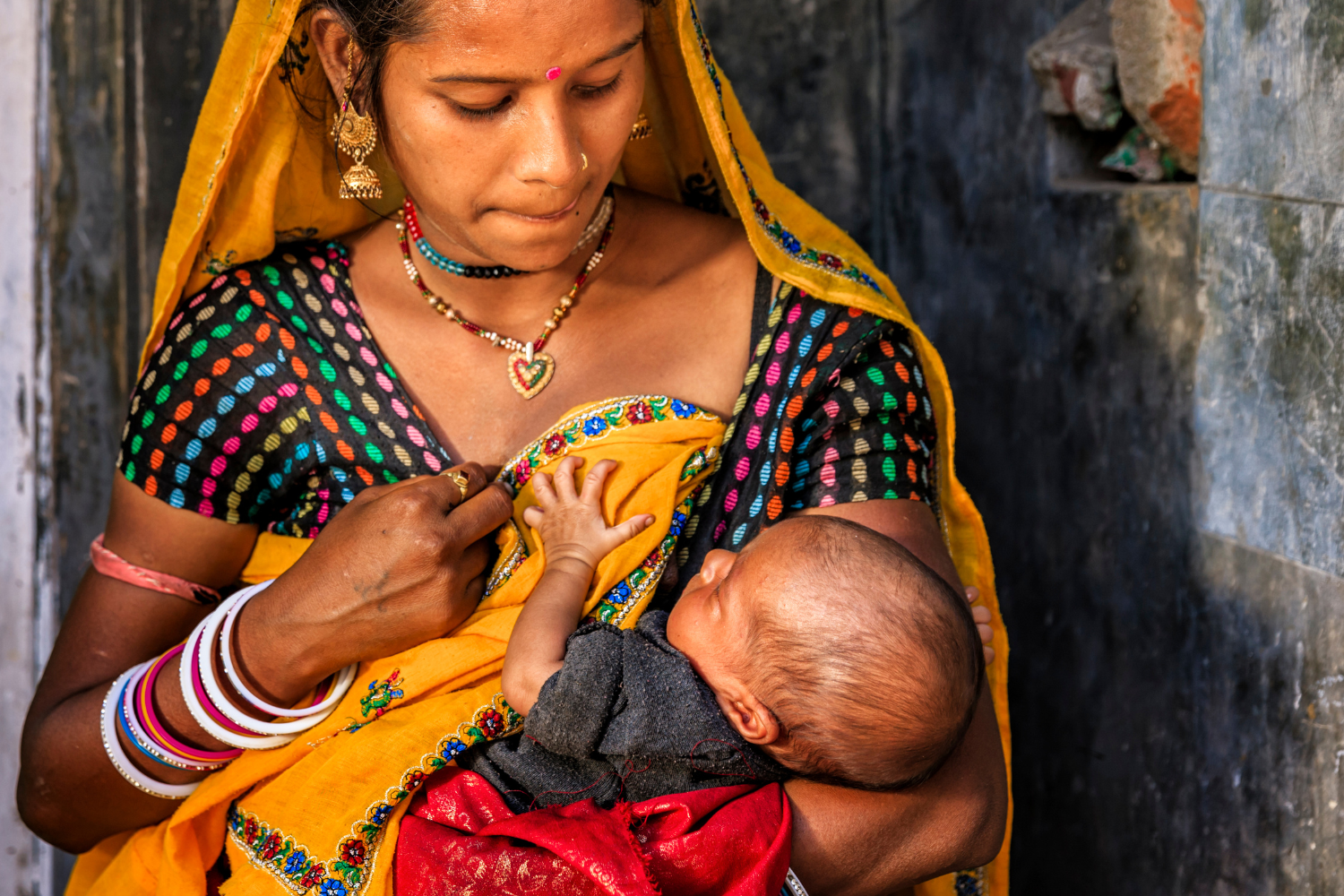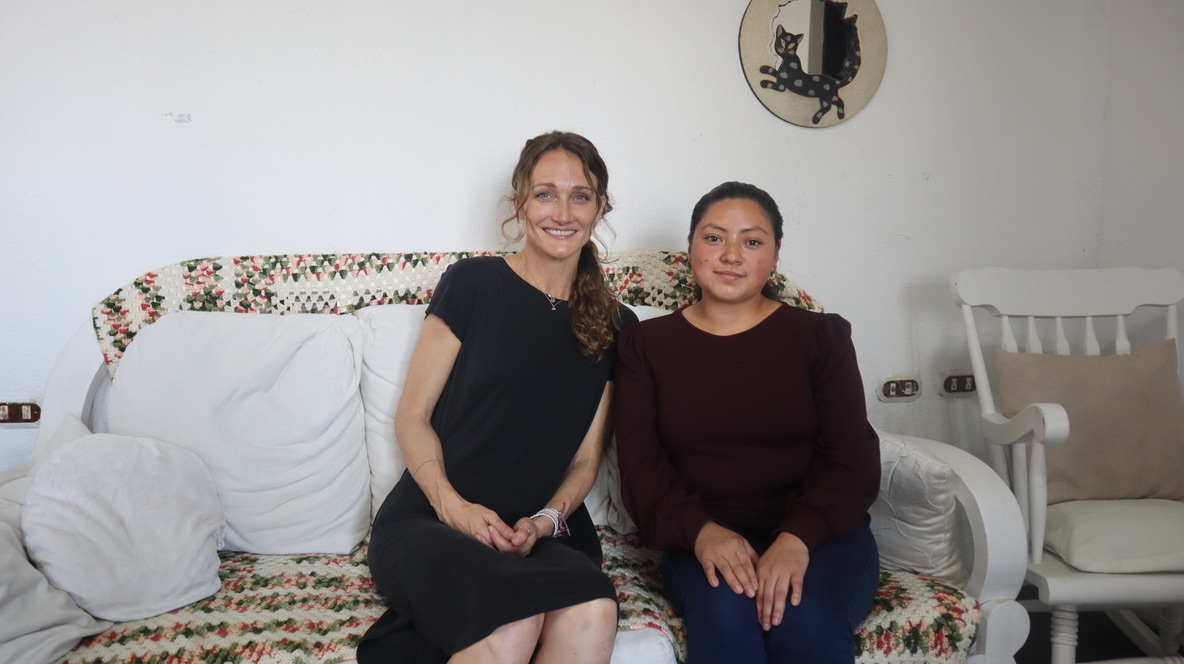Visiting our Global Partners in Guatemala: Manos Abiertas Field Report
My journey to Guatemala In March, I set out on a journey to visit Population Connection’s amazing Global Partners in Guatemala. The experience was both inspirational and transformative, and a…
Read More




